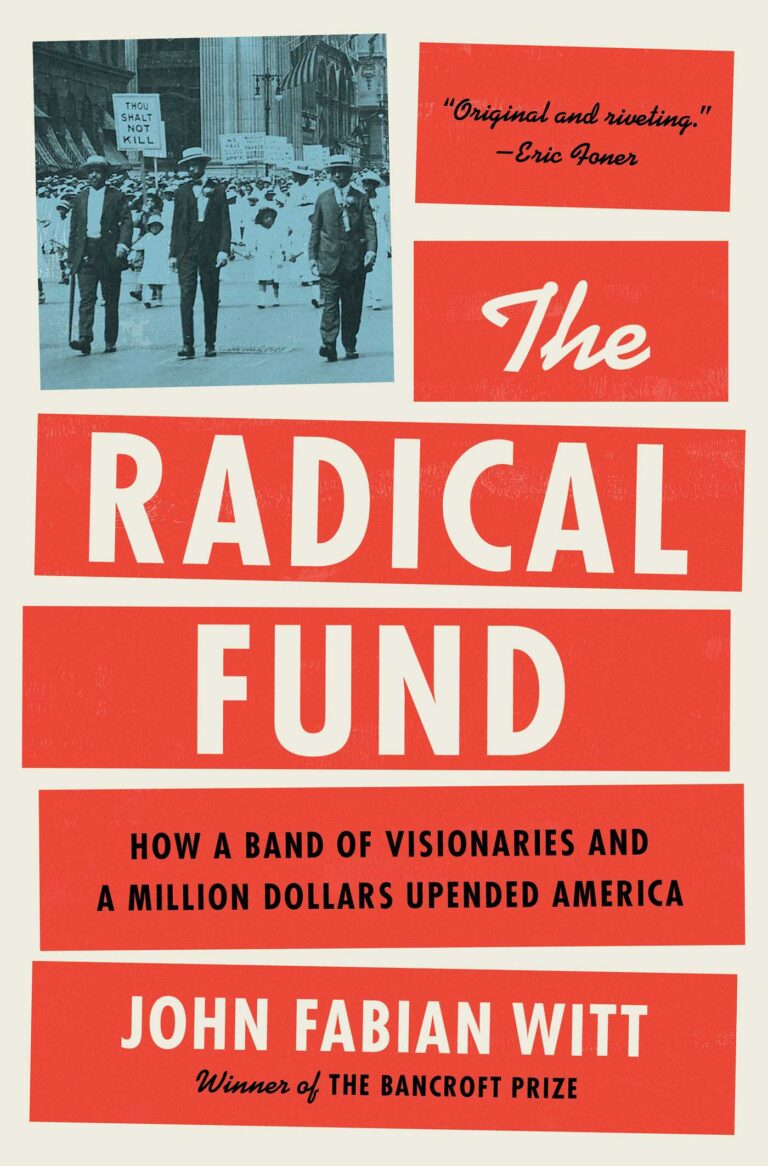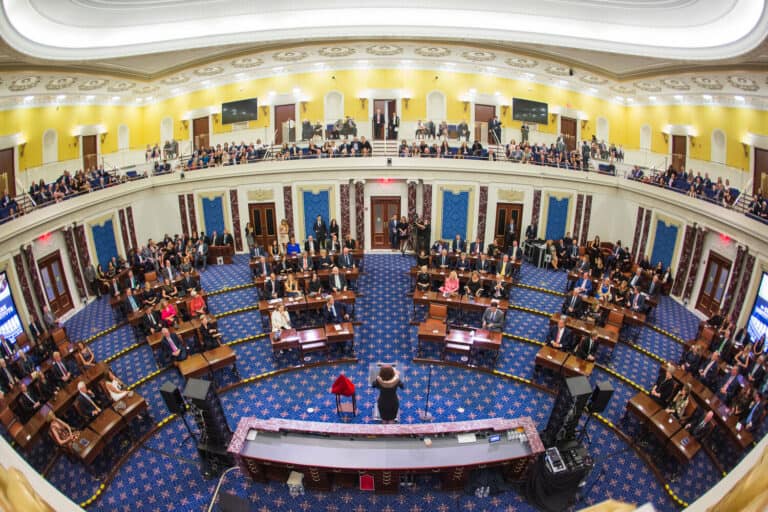“Employers Brace for the Loss of an Immigrant Work Force,” says the New York Times. On Monday, the Trump administration announced that about 200,000 immigrants from El Salvador would have to leave the U.S. by September 2019. Over 45,000 Haitian immigrants will have to leave the U.S. by July 2019. The article describes the bind that immigrant workers from Central America and Haiti, who received temporary permission to live and work in the U.S. years ago, now face. The article also covers the perspective of employers dependent on this labor. In the view of many of those employers, “[t]here are no Americans out there to take the jobs.”
Carrie Gracie, the BBC China Editor, recently resigned to protest the gender pay gap at BBC. The gap gained attention last summer (see our brief coverage, here) after BBC published the salaries of its top anchors. BBC’s women journalists responded to the discovery in an open letter, demanding that BBC take steps to close the gap. Gracie’s resignation came after BBC offered her a significant raise which would have nonetheless left her with a lower salary than most of her men peers.
On the topic of gender equality across the pond, Iceland began implementing a law requiring employers to prove that they are paying men and women equally this week. The Equal Pay Standard (which we briefly covered, here) was proposed last spring, and directs companies with at least 25 full-time employees to review their salary structures every three years to ensure gender parity. Companies who fail to report the results to the government for certification will be subject to various penalties.
In an op-ed for the Atlantic, Gillian B. White argues that “The Black and Hispanic Unemployment Rates Don’t Deserve Applause.” White’s article responds to a tweet by President Trump lauding the dip in unemployment for black and hispanic workers. According to White, that dip is more accurately attributed to economic policies pre-dating the Trump Administration. Moreover, the tweet is decontextualized—the unemployment rate for black and hispanic workers is still much higher than that of white workers.
The Conference Board, a non-profit economic research organization, released a report Monday indicating that its employment trends index (an aggregate of eight labor-market indicators reflecting trends in employment conditions) rose in December, and represents a 5.2% increase from December 2016.






Daily News & Commentary
Start your day with our roundup of the latest labor developments. See all
November 14
DOT rule involving immigrant truck drivers temporarily stayed; Unions challenge Loyalty Question; Casino dealers lose request for TRO to continue picketing
November 13
Condé Nast accused of union busting; Supreme Court declines to hear Freedom Foundation’s suit challenging union membership cancellation policies; and AFT-120 proposes a “Safe Sleep Lots” program for families facing homelessness.
November 12
Starbucks and the NLRB face off over a dress code dispute, and mental healthcare workers face a reckoning with AI.
November 11
A proposed federal labor law overhaul, SCOTUS declines to undo a $22 million FLSA verdict, and a railroad worker’s ADA claim goes to jury trial.
November 10
Meta unveils data center ads; partisan government emails blocked by judge; thousands protest in Portugal.
November 9
University of California workers authorize the largest strike in UC history; growing numbers of legislators call for Boeing to negotiate with St. Louis machinists in good faith; and pilots and flight attendants at Spirit Airlines agree to salary reductions.